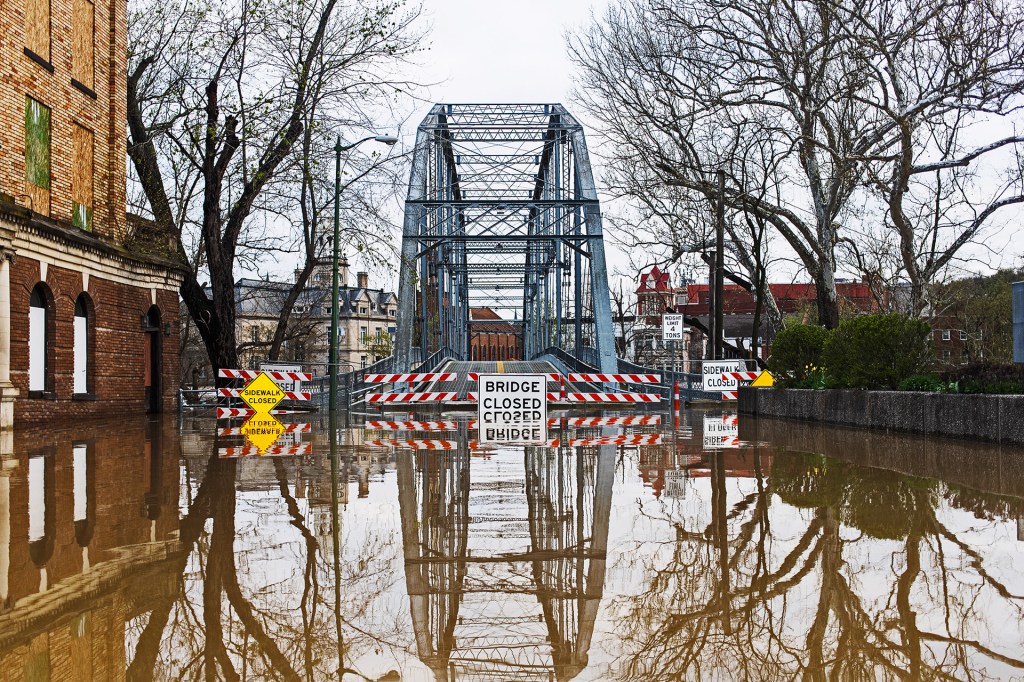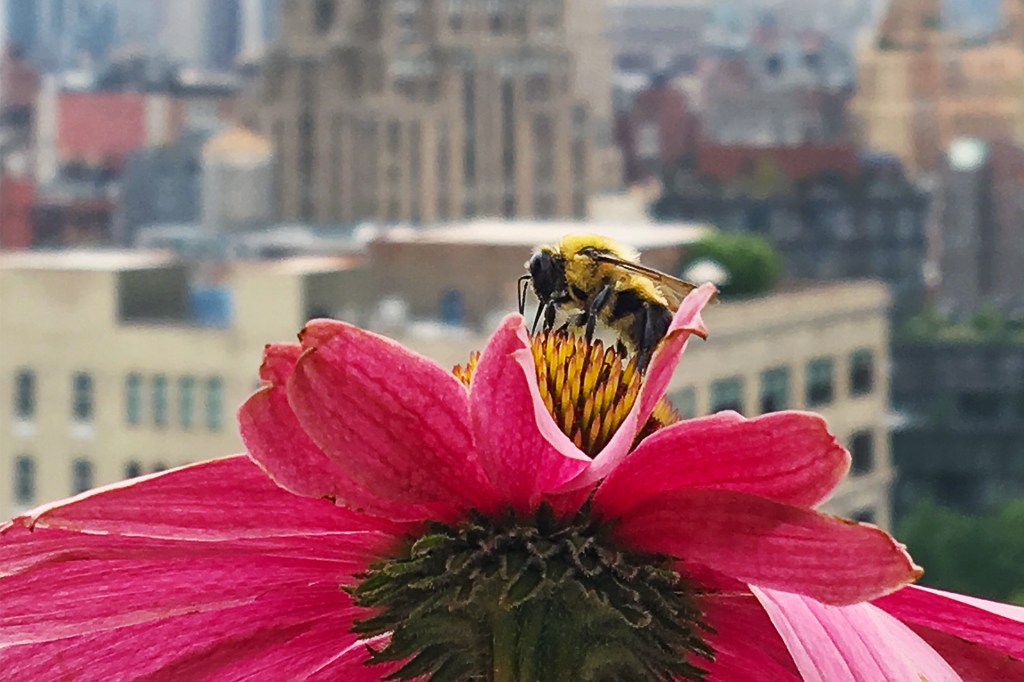Outdoor Adventure

A praying mantis, an abandoned baby bird, blooming daffodils. Students and teachers at Glenwood Landing Elementary, in Glen Head, New York, never know what will turn up in the school’s outdoor classroom. The discoveries lead to engaging lessons. “They allow teachers to develop studies that connect the curriculum and student needs in a meaningful way,” principal Bridget Finder told TFK.
The praying mantis prompted lessons about living organisms and a talk about natural pesticides. Students found out that farmers use praying mantises to control garden pests. The insects eat other bugs. When the baby bird died, kids learned that its body would put nutrients in the soil and help plants grow. The daffodils are an example of perennials, or plants that come back every year without being replanted. “The hands-on learning sticks with kids,” says teacher Audra Marcantonio. “They have a concrete connection to build from.”
Lessons from Nature
More and more schools across the country are using outdoor classrooms. Kids look at living insects to learn about their bodies and life cycles. They plant and harvest crops to study how they grow. They make leaf rubbings. They write stories, poems, and music inspired by nature. Some outdoor classrooms have areas set up for science, music, art, math, and exercise.
Studies show that kids are more creative and interested when they learn in nature. Outdoor time is healthy, too. It can encourage kids to be more active. Some experts say it improves sleep, focus, and even eyesight.
And if moving around makes kids hungry, there are plenty of healthy snacks. “You get to pick things from the gardens and eat them,” says Dina Lazaridis, age 11. “It’s fun!”













